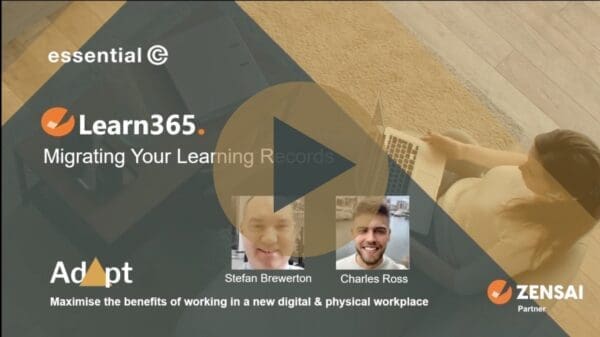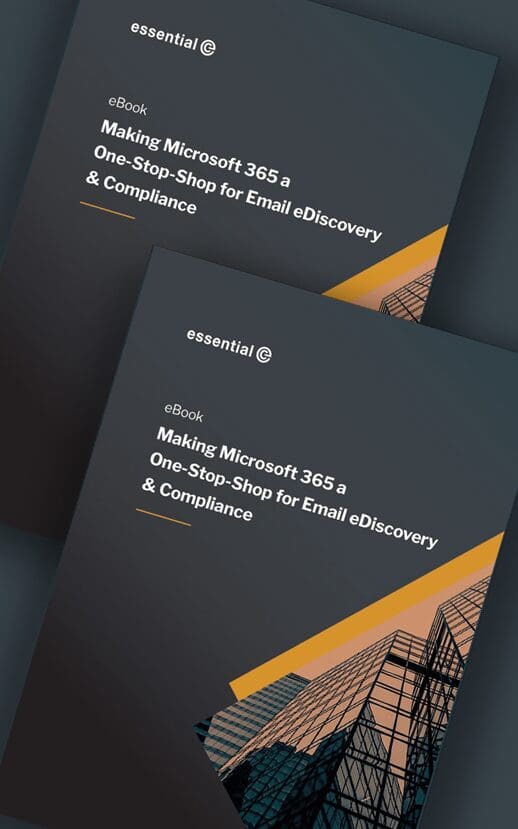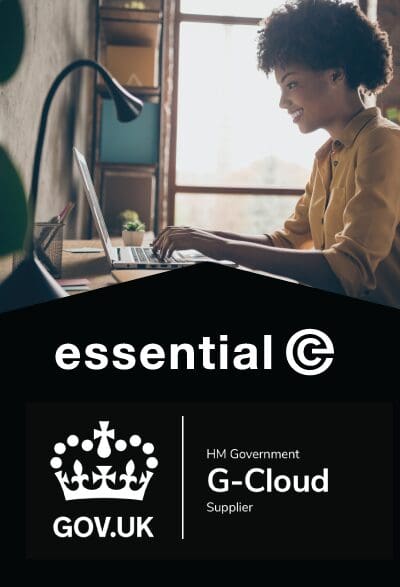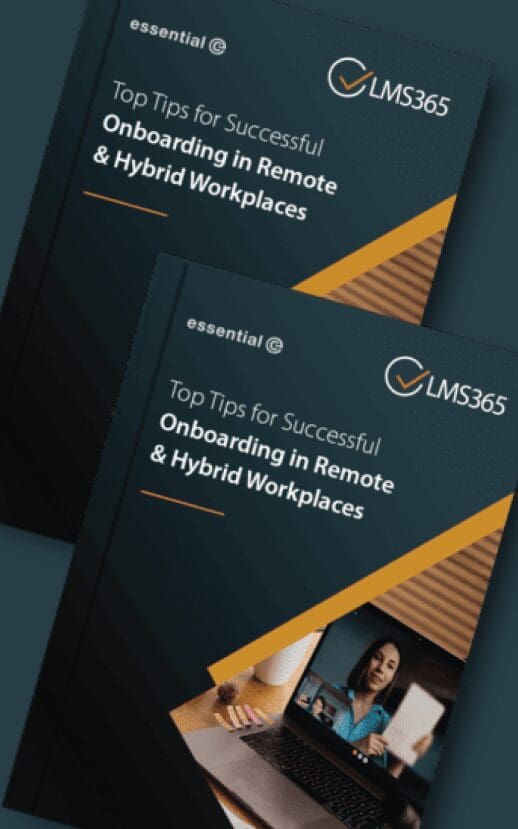Learning Management
3 Key Considerations When Looking for a Frontline Training Solution for Microsoft 365
What are Frontline Workers?
Frontline workers are employees who keep essential operations running – whether in retail, healthcare, logistics, or construction. They often work on their feet, have limited access to corporate systems, and frequently rely on shared or personal devices. Many are on zero-hours contracts, work in shifts, or face high turnover, making traditional training methods impractical.
Online frontline training provides a flexible, accessible way for these workers to gain essential skills – but if you’ve ever tried to deliver online training to frontline workers, you’ll know it can be a headache.
Beyond the HR challenges of providing bite-sized and engaging training that can be ‘consumed on the go’, and keeping track of training across a workforce that typically has a high staff turnover rate, there’s a whole host of technical and security hurdles – especially since many frontline workers don’t have dedicated accounts in platforms like Microsoft 365.
On top of that, it’s highly unlikely your frontline workers will have access to a company-issued laptop or mobile device, making secure and consistent access even more complicated.
For example, we work with a Council that has elderly workers not familiar with things like multi-factor authentication (MFA) or downloading and installing mobile apps.
This presents several key technical obstacles:
- Many frontline workers don’t have Microsoft 365 accounts, meaning they can’t easily access the corporate environment or training materials.
- Without a corporate device, they may need to rely on personal technology, which raises security and accessibility concerns.
- Strict security measures, like multi-factor authentication (MFA), can be cumbersome for users who are unfamiliar with them or lack easy access to authentication methods.
1. Make Access to Frontline Training as Easy As Possible
Delivering training to frontline workers often requires complicated workarounds, additional workflows, or even separate systems – leading to plenty of frustration.
The key to solving these challenges lies in providing a smooth experience for learners that doesn’t add extra complexity.
In this instance it’s useful to be able to offer the simplest routes to accessing essential training. Features in a frontline training solution you should look for include:
- Flexible login options – For example, the ability to authenticate using a personal email account avoids extra hurdles like MFA.
- Browser-based option – While mobile apps can be useful for accessing frontline training, a browser-based option is often the simplest and least intrusive, eliminating the need to install an app on personal devices.
- Simple, personalised training views – Ideally learners should see only the courses relevant to them, with no confusing catalogues or unnecessary content to trawl through.
- Shared device support – Workers using shared workstations or mobile devices should have seamless logins and a consistent experience, yet still personalised to the learner.
- No corporate account needed – Access to training should be possible without the need for a separate Microsoft 365 account or authentication step that can come with being a guest user.
2. Consolidate ‘In-house’ & Frontline Training Admin for Your L&D Team
For organisations training frontline workers, having a centralised platform to create and manage courses and track learner activity is essential. Instead of juggling multiple systems for different types of employees – one for internal employees with Microsoft 365 access and another for frontline workers or external users – the ideal learning platforms should allow administrators to oversee everything from a single interface.
For example, your L&D teams should be able to:
- Create and manage all courses in one place without needing different platforms for different user groups.
- Ensure content consistency, so all employees – whether office-based or in the field – receive the same training experience.
- Easily assign training to specific users or groups, ensuring each learner sees only the courses relevant to them.
- Generate unified reports to monitor compliance across all employees, including frontline workers, who typically need to meet a baseline of health and safety competency.
- Provide role-based access to managers, allowing them to monitor their in-house and external team’s progress without requiring full admin privileges.
3. Reduce Microsoft Licencing Costs & IT Adminstration Overheads in Supporting Frontline Learners
Providing frontline training through Microsoft 365 can be costly, requiring unnecessary licenses for workers who only need occasional access.
For organisations already using corporate learning platforms for their ‘regular workforce’, an extended training solution that allows them to reach frontline employees without additional Microsoft licensing will make training more affordable and scalable.
Beyond cost savings, if you can remove Microsoft dependencies you can reduce your IT security overheads. No more managing guest accounts, enforcing MFA, or troubleshooting access issues.
The ideal system should give your frontline workers secure, controlled training access without entering the corporate environment, minimising your security risks and IT workload.
Real-World Frontline Training Applications
Organisations across various industries are already benefiting from simplified frontline training. Here are some common use cases:
1. Local Authorities: Training Field-Based Workers
Many councils employ frontline teams, from waste collection crews to social care staff. For workers with low digital skills, MFA authentication and complex logins can be major barriers. A streamlined training platform allows them to access courses through a simple login – no corporate accounts required, no authentication struggles.
2. Retail, Manufacturing, Construction & Housing: Onboarding and Compliance Made Simple
Retail staff, warehouse workers, and maintenance teams often share devices when completing training. A solution that supports mobile and shared device access ensures that mandatory courses (e.g., health and safety, manual handling) are completed efficiently – without requiring individual corporate licenses. This means workers can fit training into their schedules without disruption.
3. Healthcare: Supporting Mobile Workers
Community nurses and healthcare professionals are constantly on the move. A flexible training system allows them to complete required courses from their mobile devices, supporting video content and instructor-led sessions while keeping the experience streamlined and focused.
4. External Partner Training
Many organisations need to train contractors or partners without granting them full internal access. A centralised training solution makes it easy to deliver and track learning for external users while keeping reporting and course management under one system.
In Short
If training frontline workers has been a challenge, the right frontline training solution removes access barriers, simplifies the learning experience, and ensures that every worker – whether on the shop floor, in the field, or at a desk – gets the training they need without unnecessary hurdles.
Want to see learn more about our frontline training solution for Microsoft 365?
Get in touch to arrange a chat or a demonstration.




